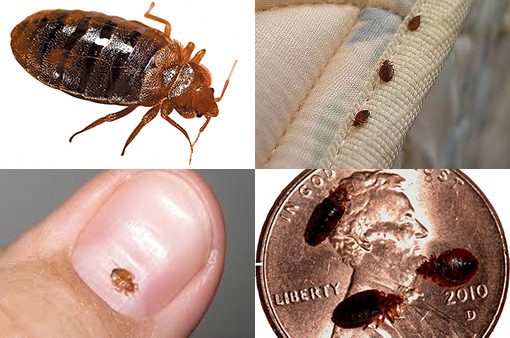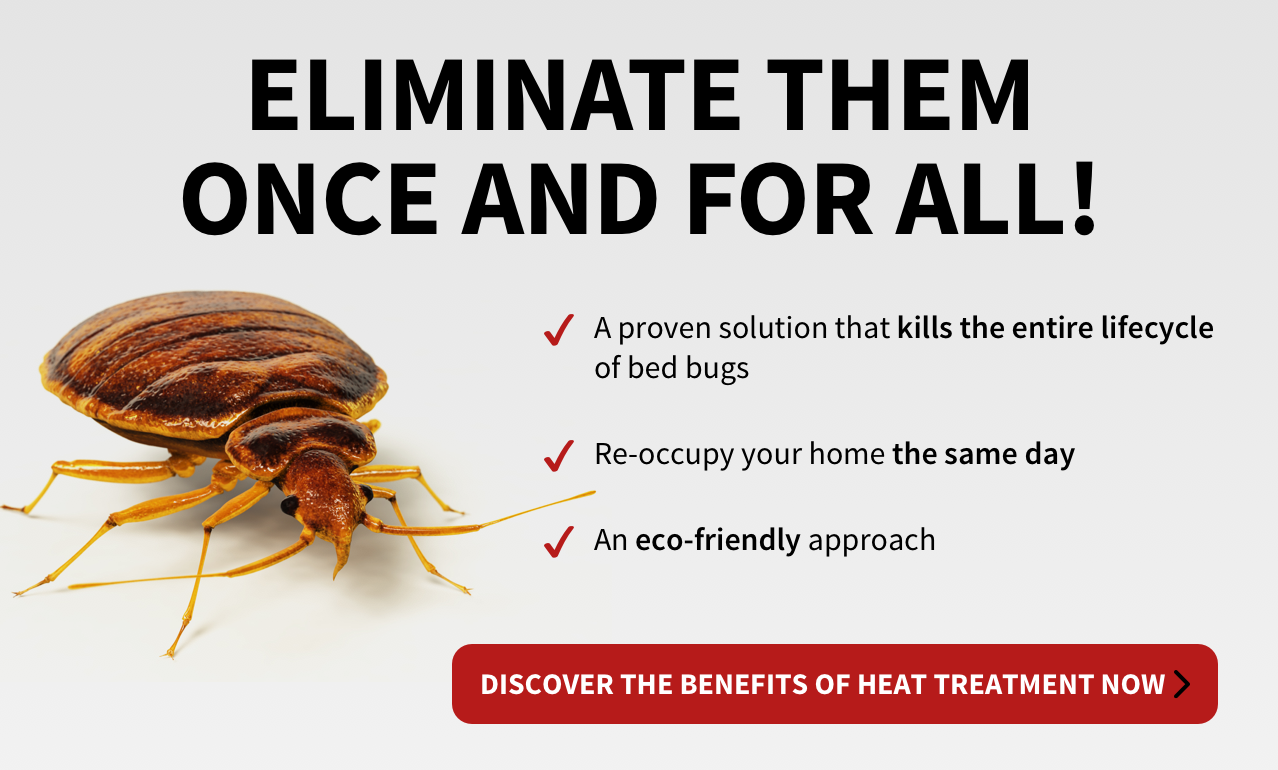Top A1 Bed Bug Treatment in Houston - Quick and Affordable
Top A1 Bed Bug Treatment in Houston - Quick and Affordable
Blog Article
Understanding the Lifecycle of Parasites for Targeted Control Approaches
Understanding the lifecycle of pests is a fundamental facet of reliable insect management approaches. Via a deeper understanding of just how insects flourish and develop, tailored control strategies can be designed to attend to particular factors in their lifecycle, ultimately leading to even more successful pest monitoring end results.
Relevance of Understanding Bug Lifecycle
Understanding the lifecycle of parasites is essential for creating efficient and targeted control techniques in pest management. By understanding the various phases an insect goes with from egg to grownup, bug control specialists can determine susceptible factors in the lifecycle where intervention can be most successful.
Moreover, identifying the certain environmental problems needed for each and every phase of the bug's lifecycle can assist choices on habitat adjustment or exemption methods to interfere with the lifecycle and decrease bug populaces. This knowledge allows pest administration specialists to implement aggressive procedures instead of counting only on reactive therapies, resulting in even more sustainable and long-term parasite control solutions. Eventually, a comprehensive understanding of insect lifecycles equips bug control practitioners to customize their approaches efficiently, minimizing ecological influences and taking full advantage of control end results.
Secret Stages in Parasite Growth
To properly apply targeted control techniques in bug monitoring, a crucial element depends on comprehensively recognizing and comprehending the key phases in insect growth. Pest growth usually is composed of several essential stages that are vital for their lifecycle and administration. The very first phase is the egg phase, where insects lay eggs that later on hatch right into larvae. Larvae after that progress into pupae, a phase where they undertake transformation prior to becoming adult pests. Understanding these stages is important as it assists in determining weak spots in the lifecycle where control measures can be most effective.

Susceptabilities in Parasite Lifecycle
Throughout the numerous phases of a parasite's lifecycle, distinctive susceptabilities arise that can be tactically targeted for efficient control steps. One vital vulnerability lies in the egg stage, where parasites are often extra at risk to particular pesticides or biological control agents as a result of their soft external covering, making them easier targets for intervention. Furthermore, the larval or nymph phase provides susceptabilities as pests undertake quick growth and development, needing high energy intake that can be exploited by interrupting their food resources or introducing development preventions. Pupal phases, identified by immobility and transformation, offer a home window for targeted control via physical barriers or details therapies that hinder effective introduction. Adult parasites, while much more resilient due to their reproductive capability, can still be vulnerable throughout mating or egg-laying tasks, which can be disrupted via pheromone catches or sterilization strategies. Comprehending these susceptabilities in the insect lifecycle is essential for establishing precise and reliable control strategies that properly manage bug populations while lessening ecological effect.
Applying Targeted Control Measures

Carrying out targeted control measures normally entails a multi-faceted method. This might consist of habitat adjustment to make the setting less congenial to bugs, such as getting rid of standing water for mosquito control or sealing access factors for rodents. Furthermore, organic control approaches can be utilized, where natural predators or microorganisms are presented to maintain pest populations in check.
Integrated Parasite Administration (IPM) methods that integrate various control actions in a worked with and lasting manner are often the most reliable in attaining long-lasting pest monitoring objectives. By executing targeted control measures based on a thorough understanding of parasite lifecycles, bug populations can be properly managed while reducing threats to human health and wellness and the environment.
Boosted Bug Management Practices

Additionally, the unification of biological control representatives, such as natural killers or microorganisms of pests, can aid decrease dependence on chemical pesticides and promote an extra balanced ecological community. Carrying out physical barriers and traps can likewise belong to enhanced bug monitoring methods, supplying non-toxic and targeted options for parasite control. Additionally, making use of scents and various other semiochemicals can interfere with pest mating patterns and communication, resulting in minimized parasite populations in time.
Final Thought
By determining crucial phases in parasite growth and susceptabilities in their lifecycle, targeted control measures can be implemented to minimize insect populations. Enhanced insect management methods can help decrease the reliance on broad-spectrum pesticides and advertise even more sustainable and environmentally pleasant parasite control techniques.
Understanding the lifecycle of parasites is crucial for establishing effective and targeted control strategies in pest monitoring. By understanding the different stages an insect goes through from egg to adult, parasite control specialists can determine susceptible points in the lifecycle where treatment can be most effective. Eventually, a complete understanding of insect lifecycles empowers pest control experts to customize their methods efficiently, minimizing ecological effects and optimizing control outcomes.
By executing targeted control procedures based on a comprehensive understanding of bug lifecycles, parasite populations can be efficiently controlled while minimizing threats to human wellness and the atmosphere.
By identifying key stages in parasite development and vulnerabilities in their lifecycle, targeted control actions can be implemented to minimize parasite populations.
Report this page